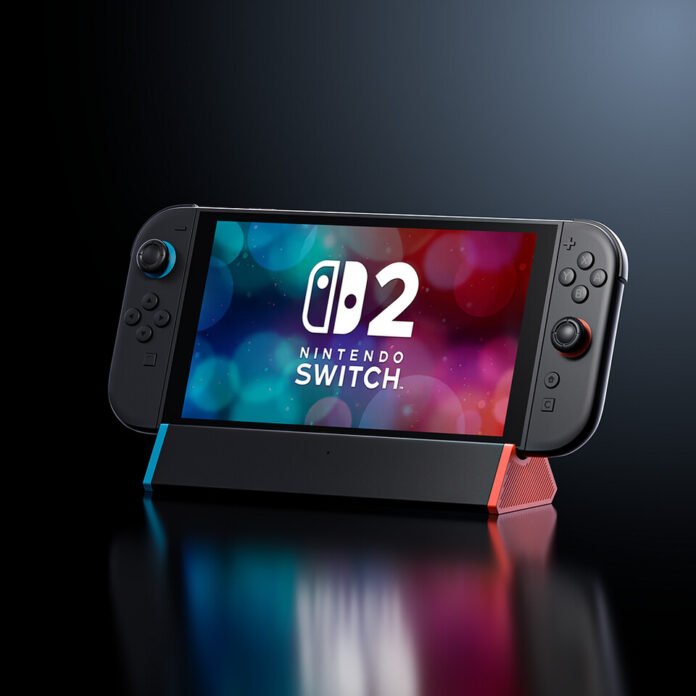In the case of the Switch 2, there was one particular third-party dock that was compatible with the new console, and upon inspecting that USB connection with the power bank tester, The Verge found that there were 30 “unstructured” packets being sent back and forth before the Switch 2 even attempted to send a video signal or negotiate power with the accessory. There was one particular string that was sent between the Switch 2 and the dock that appears to be an encryption key of sorts. If the dock fails either the voltage test or the aforementioned proprietary communications, the console defaults to a USB-only mode with no video or power delivery support. According to two accessory makers who spoke to The Verge, the Switch 2 also uses a dedicated encryption chip to lock out third-party docks and unlicensed accessories. At the time of writing, the only dock that is compatible with the Switch 2 is the Antank S3 Max, although even Antank’s representative says that this can’t be taken for granted, since Nintendo can, and likely will, change this authentication method with a firmware update if enough third-party dock makers catch on. So far, these changes to the USB protocol on the Switch 2 have already resulted in JSAUX putting its plans for a Switch 2 dock on hold, despite its prominence in the Steam Deck dock market.







